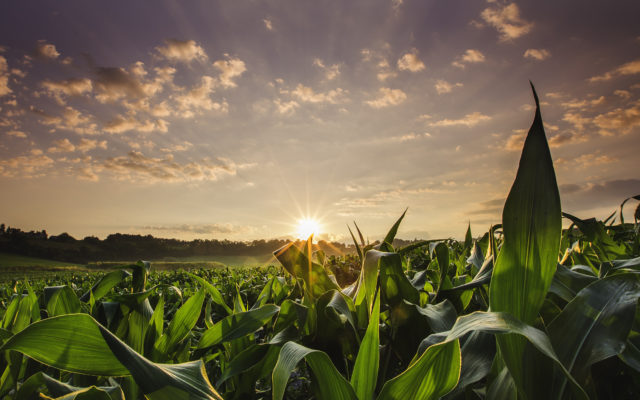ISU Develops Nutrient Sensor That Farmers Can Use All Growing Season

(Radio Iowa) Researchers at Iowa State University are developing an advanced type of sensor that farmers can place in their fields to keep constant tabs on nutrient levels and soil moisture. Jonathan Claussen, a mechanical engineering professor at ISU, says the sensors are about the size of a tent stake and they’re designed to stay in the ground all growing season, about four months, through any temperature swings or rain events.
“They monitor total nitrogen, so both nitrates and ammonia, and they can tell the farmer when and where in that field fertilizer needs to be applied,” Claussen says. “Fertilizer can be up to a third of their farming costs, so it’s potentially a big cost saving if we can reduce even a portion of that.” The device needs to be both rugged and easy to use, Claussen says, as he notes farmers don’t want to read a 20-page instruction manual. It also needs to be inexpensive, so farmers can place a wide network of sensors.
“This really gives the farmer an opportunity to practice precision agriculture,” Claussen says. “This way, they can do kind of a spoon-feeding of the fertilizer throughout the growing season so they only apply when and where they need it.” Ideally, farmers could purchase dozens of the sensors to monitor the soil’s nutrient levels in real-time, as they’ve worked to keep the price at less than one dollar per sensor.
“This allows them to do continuous soil sampling without that expense of having to ship it off to the lab but they can get results immediately,” Claussen says. “They can monitor so they can still have their maximum yields. But at the same time, we can show them, you can get those great maximum yields but still use less fertilizer and have less agricultural inputs.” The ISU team has worked to develop an array of sensors for other purposes, for things like food safety and even testing for COVID-19.



